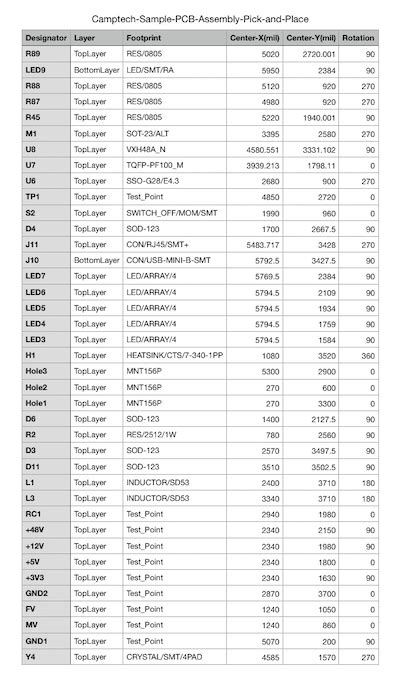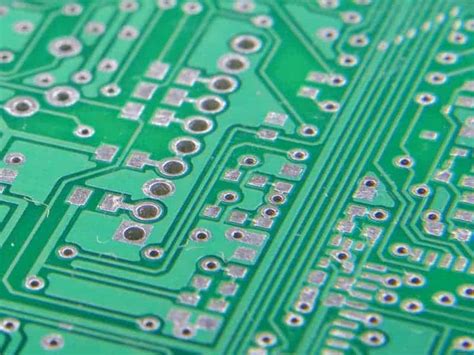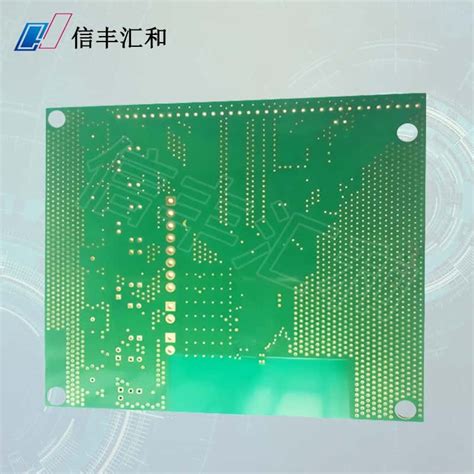Hidden Design Pitfalls in PCB Layout: Critical Issues and Solutions
Introduction
Printed Circuit Board (PCB) design has become increasingly complex with the advancement of electronic technologies. While surface-level design considerations are well-documented, numerous subtle yet critical pitfalls often escape detection until late in the production cycle—or worse, until field failures occur. These hidden design hazards can compromise signal integrity, power delivery, thermal performance, and ultimately product reliability. This paper examines less-discussed but potentially catastrophic PCB design pitfalls across high-speed digital, mixed-signal, RF, and power electronics applications, providing engineers with actionable insights to avoid these traps in their designs.
1. The Illusion of Perfect Ground Planes
1.1 The Myth of “Zero Impedance” Grounds
Most designers operate under the assumption that ground planes represent perfect zero-impedance references. However, real-world ground planes exhibit:
- Frequency-dependent impedance characteristics (typically 0.1-2Ω at high frequencies)
- Non-uniform current distribution creating localized voltage gradients
- Resonant behavior in large uninterrupted planes above 500MHz
Case Study: A 16-layer server motherboard experienced intermittent data corruption traced to 120mV ground bounce between processor and memory sections during simultaneous switching events. The solution involved strategic ground plane segmentation and localized decoupling rather than the initial approach of expanding the solid ground plane.
1.2 Hidden Current Loops in Multi-Layer Boards
Even meticulously designed multi-layer stackups can create unintended current return paths:
- Cross-layer stitching discontinuities when vias don’t align across layers
- Asymmetric return paths in differential pairs crossing reference plane splits
- Impedance mismatches where signals transition between different reference planes
Design Solution: Implement 3D current path analysis using field solvers and enforce return path continuity rules in layout constraints.
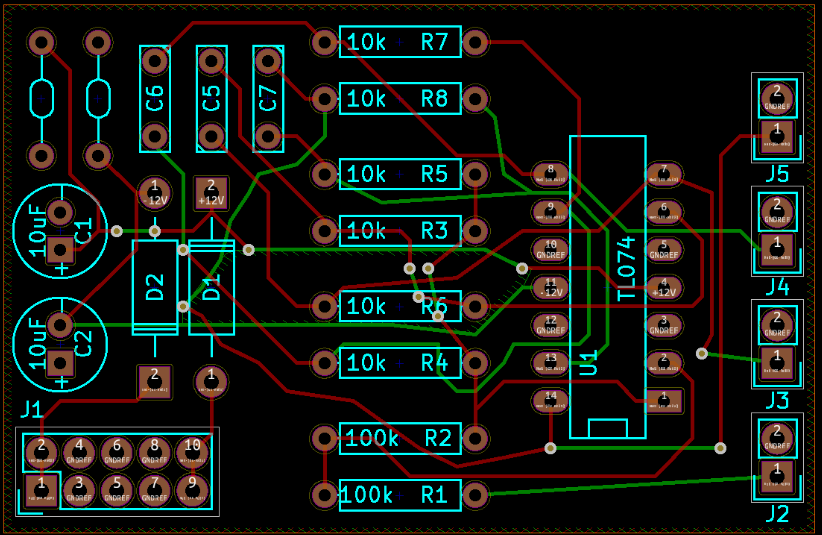
2. The Deceptive Nature of Decoupling Capacitors
2.1 The “More Capacitors = Better” Fallacy
Typical decoupling strategies often fail due to:
- Parasitic inductance dominance above 100MHz (a 0402 MLCC has ~0.5nH parasitic inductance)
- Anti-resonances between capacitors of different values
- Board-level resonance effects that render capacitors ineffective at specific frequencies
Measurement Data: Network analyzer tests show a 10μF + 0.1μF parallel combination creating a 25Ω impedance peak at 85MHz—worse than either capacitor alone.
2.2 Placement Paradoxes
Optimal decoupling requires:
- Dielectric absorption effects in high-K ceramics degrading high-speed performance
- Land pattern inductance contributing up to 60% of total loop inductance
- Via coupling between adjacent capacitor placements
Innovative Approach: Use interdigitated capacitor arrangements with alternating GND/VCC vias to minimize loop area without increasing board space.
3. Transmission Line Traps in High-Speed Design
3.1 The 1/10 Wavelength Myth
The common rule that traces become transmission lines at 1/10 wavelength fails to consider:
- Rise time effects (a 1ns edge requires TL treatment even at 3cm for FR4)
- Discontinuity-induced resonances in supposedly “short” stubs
- Modal conversion at impedance transitions
Simulation Results: A 5mm stub on a 2GHz clock line created -15dB null at 3.8GHz due to wave cancellation.
3.2 Differential Pair Deceptions
Common differential design mistakes include:
- Over-constraining length matching (creating unnecessary meanders that introduce impedance variations)
- Ignoring odd-mode/common-mode impedance differences
- Via transition mismatches that convert differential signals to common mode
Measurement Data: A 0.5mm via offset in 100Ω differential pairs measured 8% conversion to common mode at 5GHz.
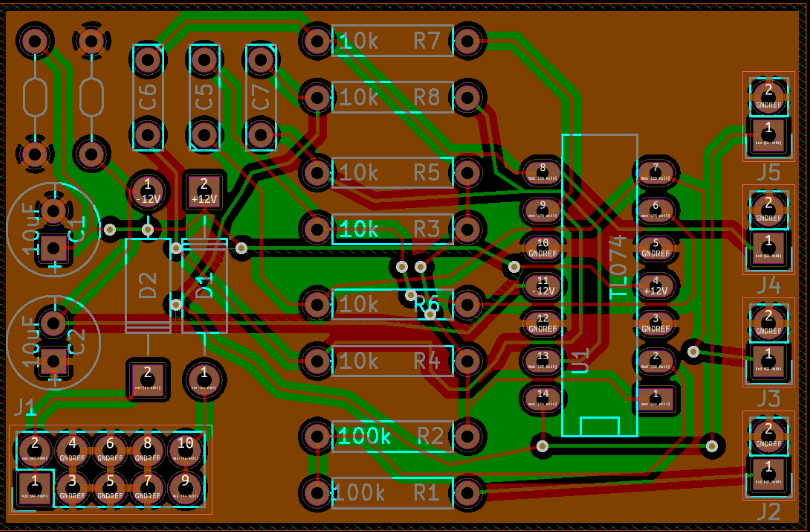
4. Power Delivery Network (PDN) Pitfalls
4.1 The DC Drop Illusion
Designers frequently overlook:
- Copper roughness effects increasing effective resistance at high frequencies
- Electromigration risks in thin power traces carrying pulsed currents
- Interplane capacitance limitations in modern low-voltage supplies
Thermal Imaging Findings: 20μm copper showed 15°C higher temperature than 35μm under 10A pulsed loads due to surface roughness effects.
4.2 VRM-PCB Interaction Hazards
Voltage regulator modules introduce:
- Feedback loop instability from PCB trace inductance
- Current sharing imbalances in multi-phase designs
- Transient response degradation from improper sense line routing
Design Solution: Implement Kelvin connections for voltage sensing and minimize loop areas in power stage layouts.
5. Thermal Design Oversights
5.1 The Copper Area Fallacy
Thermal relief practices often backfire due to:
- Anisotropic heat spreading in multilayer boards
- Via array inefficiency beyond certain density thresholds
- Localized hot spots under components with thermal pads
CFD Analysis: Doubling copper area only improved heat dissipation by 18% when via transitions between layers were poorly designed.
5.2 Material Property Misconceptions
Common errors include:
- Overestimating FR4 thermal conductivity (0.3W/mK in-plane vs. 0.2W/mK through-plane)
- Ignoring temperature-dependent dielectric properties
- Underestimating thermal expansion mismatches
Reliability Data: Temperature cycling failures increased 300% when high-Tg materials were used without accounting for CTE mismatches with components.
6. Manufacturing-Driven Design Hazards
6.1 The DFM Illusion
“Design for Manufacturing” guidelines often conflict with performance:
- Etch factor effects on impedance control (±15% variation possible)
- Solder mask inconsistencies altering high-frequency transmission line behavior
- Press-fit connector distortions warping adjacent circuit layers
Yield Analysis: A 10% increase in RF yield was achieved by relaxing certain DFM rules while tightening impedance control tolerances.
6.2 The Test Coverage Paradox
Common test strategy flaws:
- Boundary scan limitations for power distribution faults
- False test passes from inadequate stimulus in high-speed networks
- Probe loading effects distorting high-frequency measurements
Case Study: A board passed all production tests but failed in-system due to undetectable power sequencing issues.

7. Hidden EMC/EMI Failure Mechanisms
7.1 The Slot Antenna Effect
Unintentional radiators form through:
- Plane splits creating efficient slot antennas
- Via fences acting as waveguide structures
- Component placement creating aperture antennas
EMI Test Data: A 2mm gap in ground plane increased radiated emissions by 12dB at 1.8GHz.
7.2 The Filtering Paradox
Common filtering mistakes:
- Ferrite bead saturation in power lines
- Capacitor self-resonance creating passbands
- Ground loop formation through improper filter grounding
Measurement Results: A π-filter intended to suppress 150MHz noise actually amplified 350MHz components due to interaction between component resonances.
Conclusion
PCB design hazards often lurk beneath surface-level best practices, requiring designers to adopt deeper analysis methodologies. Key recommendations include:
- Implement 3D electromagnetic analysis for critical networks
- Validate power integrity through full-spectrum impedance measurements
- Consider manufacturing variability in tolerance analysis
- Perform thermal-electrical co-simulation for high-power designs
- Develop board-specific design rules beyond generic guidelines
By addressing these hidden pitfalls proactively, engineers can avoid costly redesigns and field failures in increasingly complex electronic systems. The difference between adequate and exceptional PCB design lies in mastering these subtle but critical considerations.


